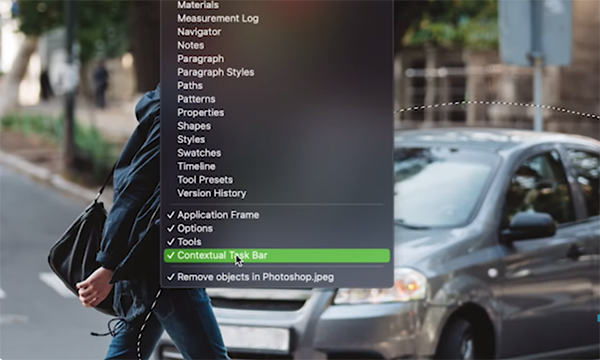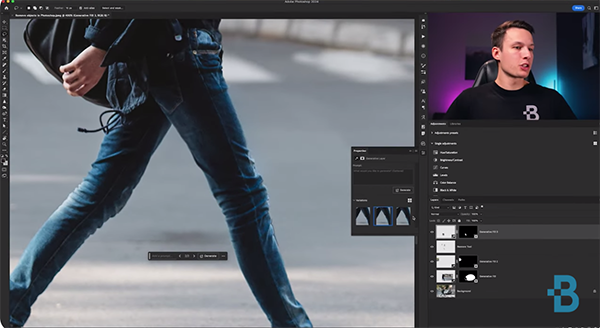Landscape Photographers: Avoid These Image-Killing Mistakes (VIDEO)
It’s not too late to update your New Year’s Resolutions, and there’s a good one to add to the list: Don’t make the same common photography mistakes that you did in the past. That way you’ll become a much better photographer in 2024 and beyond.
When it comes to landscape photography there are numerous mistake that can detract from the quality of your work. Some involves shooting techniques while other have to do with ineffective editing. The good news is many of these errors can easily be corrected, as you’ll see in the quick tutorial below.
Instructor Austin James Jackson is a Utah-based landscape pro who we often turn to for solid advice that’s appropriate for beginners and advanced photographers alike. In this nine-minute episode he describes five mistakes he’s made himself and he explains how to fix the for better-looking images.

Sometimes we don’t realize the error of our ways until we return home to review our photos on the computer. When this happens, and it’s too late to reshoot, careful post-processing is the name of the game. And that sometimes means taking a subtle approach to avoid making matters even worse.
One common error in this regard is a temptation to over-adjust White Balance, and an unnatural appearance is often the result. Jackson notes that “we all want those fiery red sunsets,” but here’s the rub: by warming up color temperature the sky may look great, but the rest of the image will suffer if you take a heavy-handed approach.
Jackson demonstrates the method he uses to pump up the sky while retaining a realistic look to the image as a whole. Another editing pitfall is one that Jackson refers to as a myth; namely an overreliance on the camera’s histogram while adjusting exposure as you shoot. He admits that balanced tonal values are an important goal, but he explains why you shouldn’t be overly concerned if a small portion of the frame is blown out—especially when photographing sunsets.

Another potential problem is being fixated on wide-angle scenes, a topic we recently addressed in a tutorial explaining how to use a mid-range zoom lens to shoot landscape photographs with a different look. Jackson provides his own take on this matter which includes the observation that some situations simply don’t lend themselves to shooting an expansive vista.
The video concludes with two more mistakes to avoid, one of which involves “chasing clouds instead of light,” while the other describes other instances of over- or under-editing your images. There’s much more to learn on Jackson’s popular YouTube channel, so be sure to take a look.
And don’t miss the tutorial we mentioned above regarding the power of mid-range zoom lenses when shooting in the field.








